The bamboo forest at Juknokwon (죽녹원) is one of the main attractions in Damyang county. Since it’s a mere half-hour from Gwangju, I thought it was time to check it out.
Quite a few smaller towns and areas have become known for one thing or another — Boryeong / Daecheon for their mud festival, Jeonju for its bibimbap, Chuncheon for its dak galbi, and so on. That association sticks around, helping to brand the area for locals and visitors alike. Damyang’s bamboo forest is but one of the county’s highlights, although this is the most visible one.
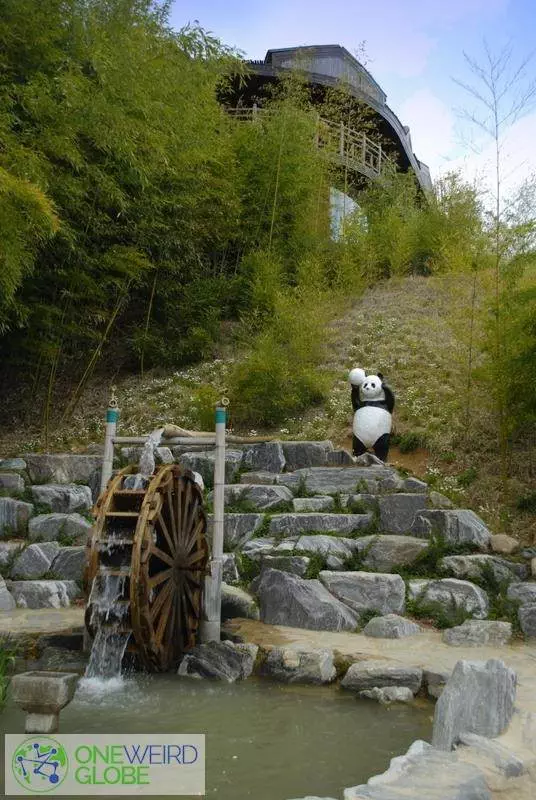
The lookout, from the bottom. Photoshop out the plastic panda and remove one of the only kitschy elements of the place.
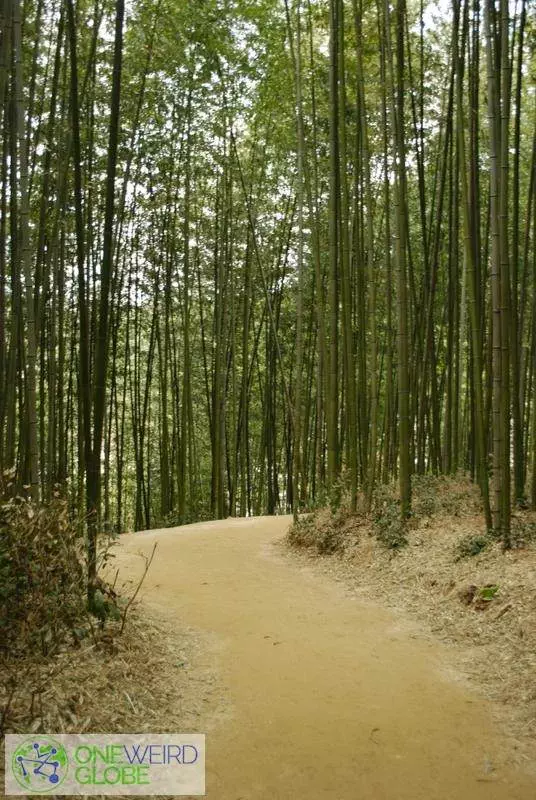
One of the few areas with nobody taking pictures — weekend afternoons being a busy time as you might expect.
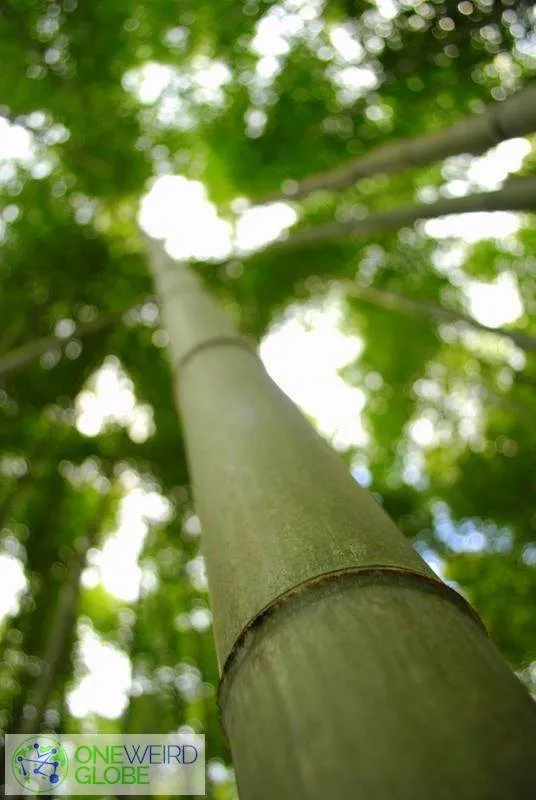
Long and straight, and plenty of them!
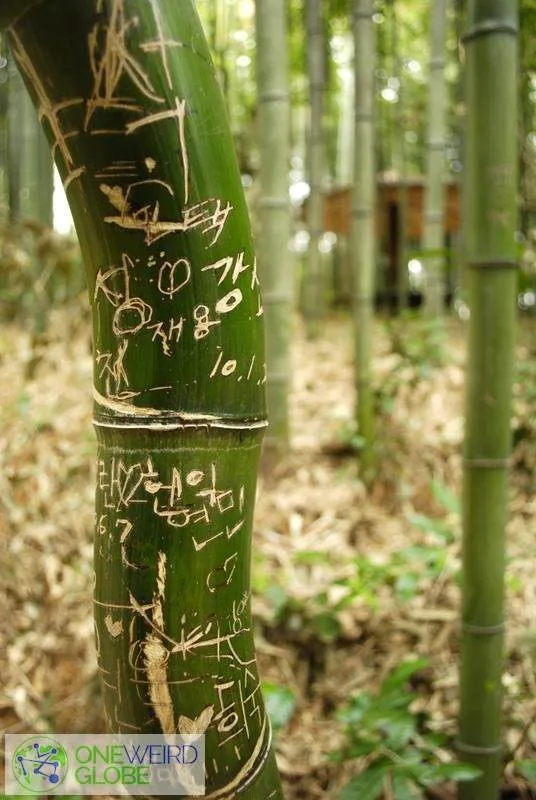
More than a few along the main path have seen a bit of damage, however. Maybe it’s time for a locks of love program a la Seoul Tower — lock your love around the bamboo or somesuch.
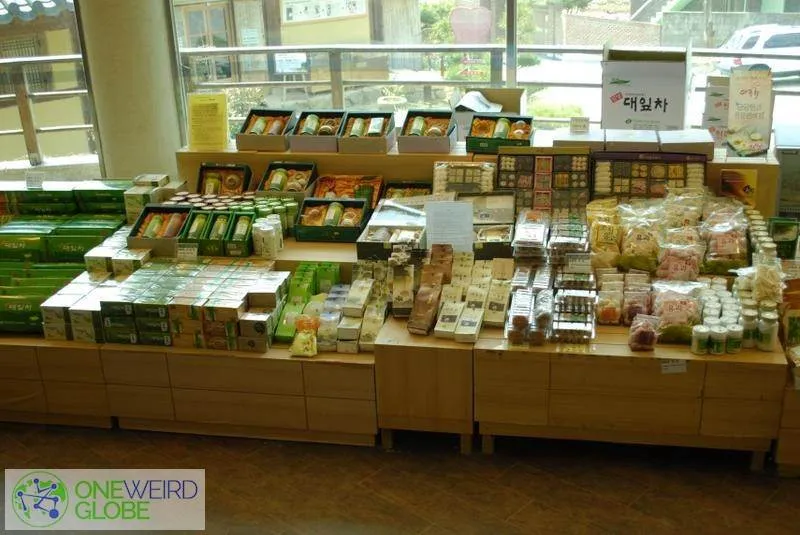
One of the highlights — it’s more than just a souvenir shop, it’s a demonstration of the myriad uses of bamboo. Everything from massage tools to soap to alcohol (and yes, I was hoping for free samples) at pretty good prices.
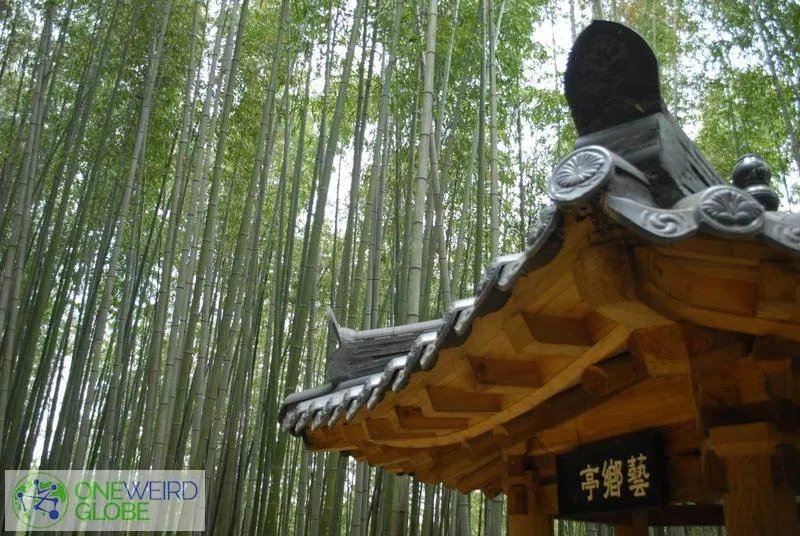
It’s worth noting that the canopy of bamboo not only looks pretty, it cools the ground beneath by a few degrees. It isn’t air conditioning, but even on a thank-God-it’s-not-too-hot day there’s a noticeable difference.
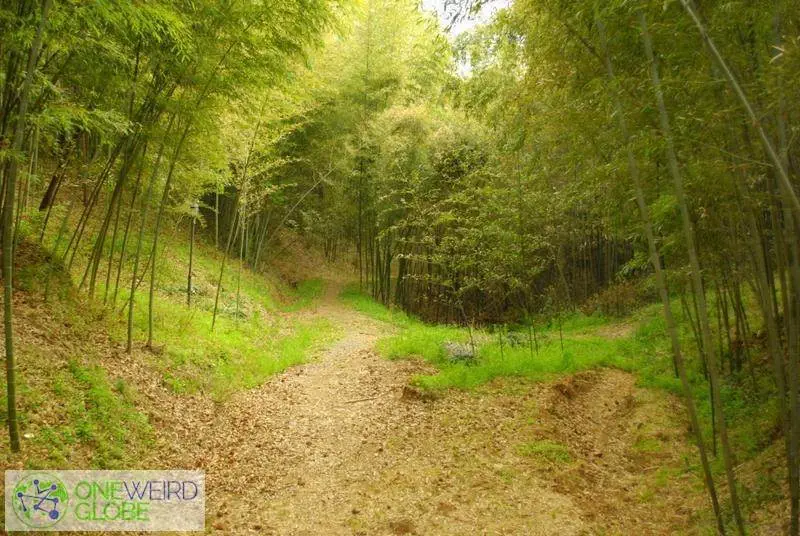
As a whole, it’s a beautiful area of Korea that’s worth visiting and enjoying. While it’s best in the spring or fall, it’s perfectly wonderful in the summer as well.
Beyond this bamboo forest is another garden (소쇄원, or Soswaewon), a mountain fortress (금성, or Geumseong), and the Damyang spa inside the Damyang Resort. If you only have an afternoon, the bamboo forest is wonderful; you’ll need a weekend to see the aforementioned sights. Plan to spend a fair amount of time on figuring out public transportation, however, or plan on renting a car for the weekend.
Overall, it’s a worthy destination if you’re coming to Gwangju, but come on a nice day or you might find yourself getting rained on!
Directions to Juknokwon bamboo forest: The easiest way is to get to Gwangju first — dozens of trains arrive daily from all across Korea, and arriving at the bus terminal is no problem. If you take a train, head out the SECRET REAR EXIT — it’s not the big obvious exit, but the stairs to the left of it. Those stairs lead to an overpass on the 3rd floor — cross it, then take the SECRET REAR EXIT to the bus stop. Wait for bus 311 (arrives every 5–15 minutes), then hop on and announce your destination — Jungnokwon — and be prepared for pay 2,300 won fare per person. If you arrived at the Gwangju bus terminal, this same bus will leave from there. This bus stops directly in front of the garden, so jump out and backtrack a few meters to the entrance. Admission 2,000 won.


